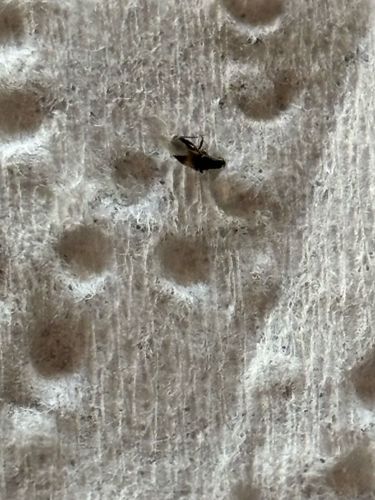Drain Fly
Scientific Name: Psychodidae (subfamily Psychodinae, sometimes called 'moth flies')
Order & Family: Diptera (True Flies), Family Psychodidae
Size: 1.5 to 5 mm (0.06 to 0.2 inches) in length

Natural Habitat
Moist, organic-rich environments such as drains, sewers, septic tanks, compost piles, and areas with standing water or decaying matter. They are often found indoors near sinks, tubs, and floor drains.
Diet & Feeding
Larvae feed on decaying organic matter, fungi, algae, and microorganisms found in the moist films of drains and pipes. Adult flies do not feed or feed on liquids like nectar or water, mostly focusing on reproduction.
Behavior Patterns
Adult drain flies are weak, erratic fliers and are most active at night or in dimly lit conditions. They are often seen resting on walls or surfaces near their breeding sites. Females lay eggs in gelatinous masses in moist organic debris. Larvae develop in these slimy films, and pupation also occurs there. The entire life cycle can be completed in 1-3 weeks depending on conditions.
Risks & Benefits
Potential risks include being a nuisance pest, especially when present in large numbers. While generally not known to transmit diseases to humans, they can potentially spread bacteria from contaminated breeding sites to surfaces. Benefits are limited, but their larvae do contribute to breaking down organic matter in their habitats.
Identified on: 10/10/2025